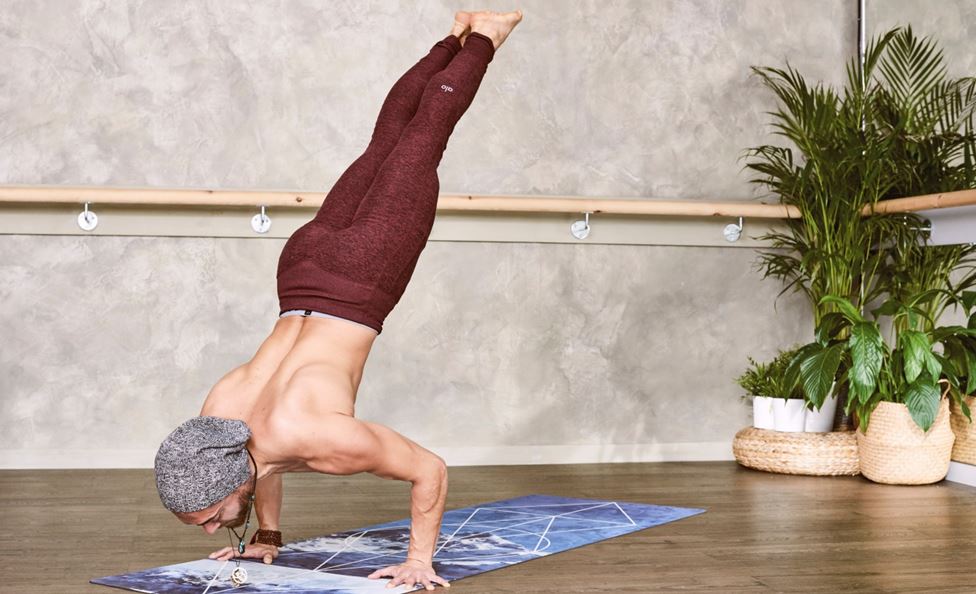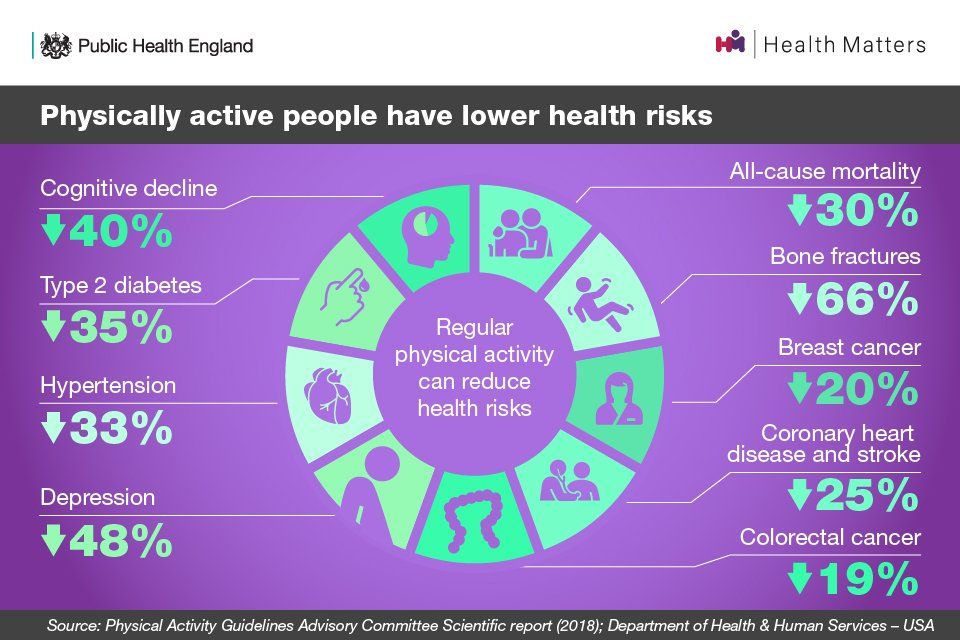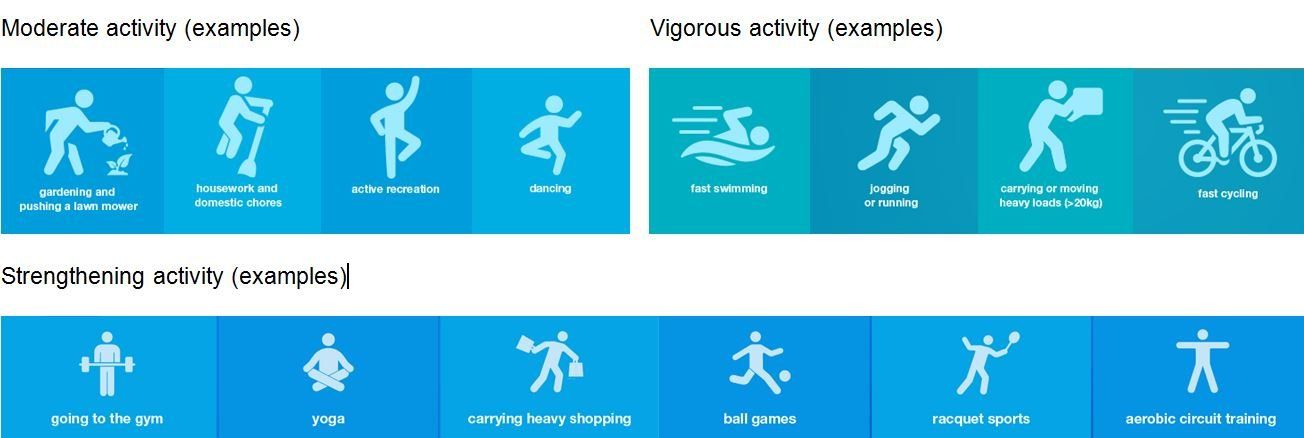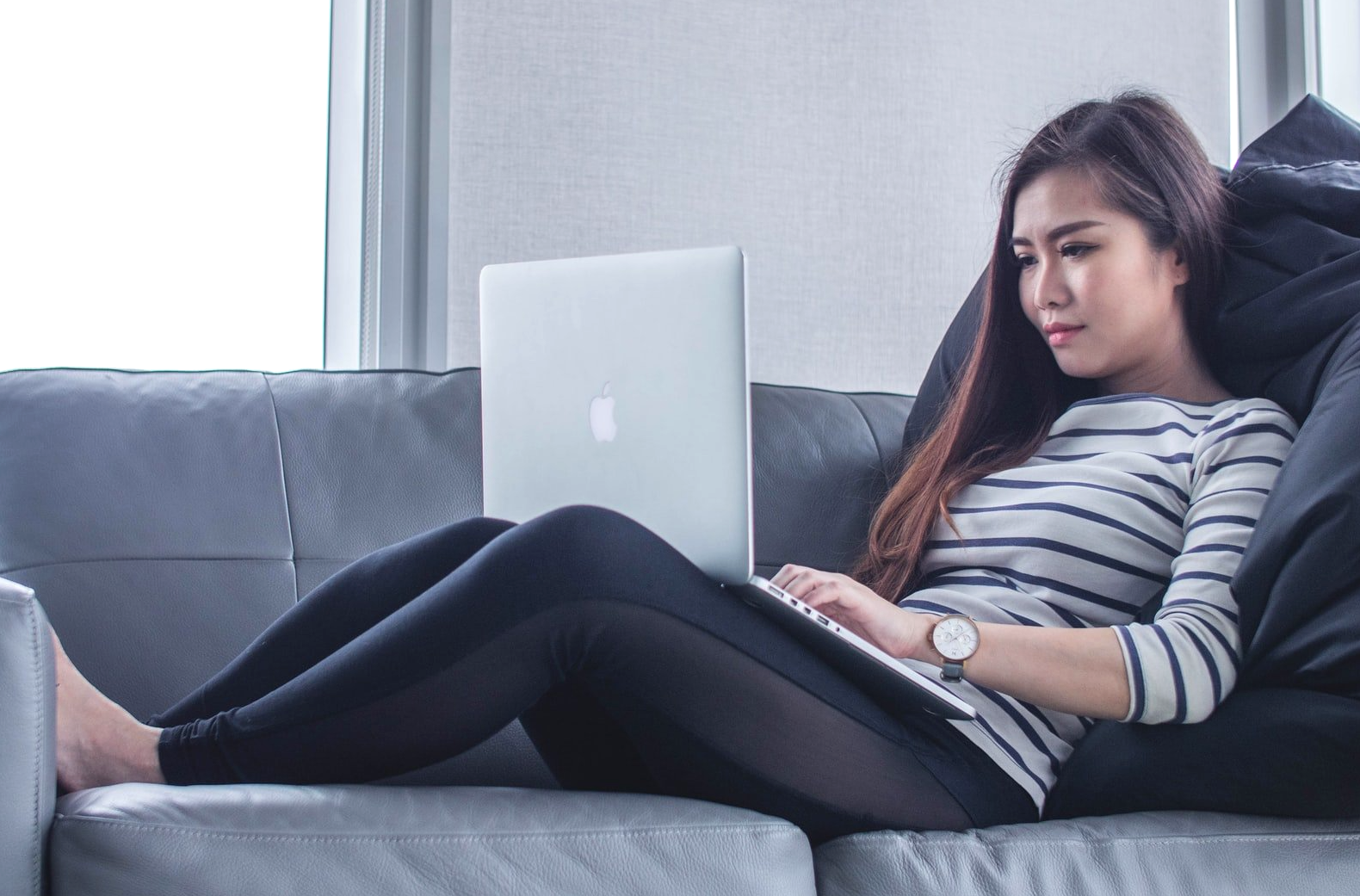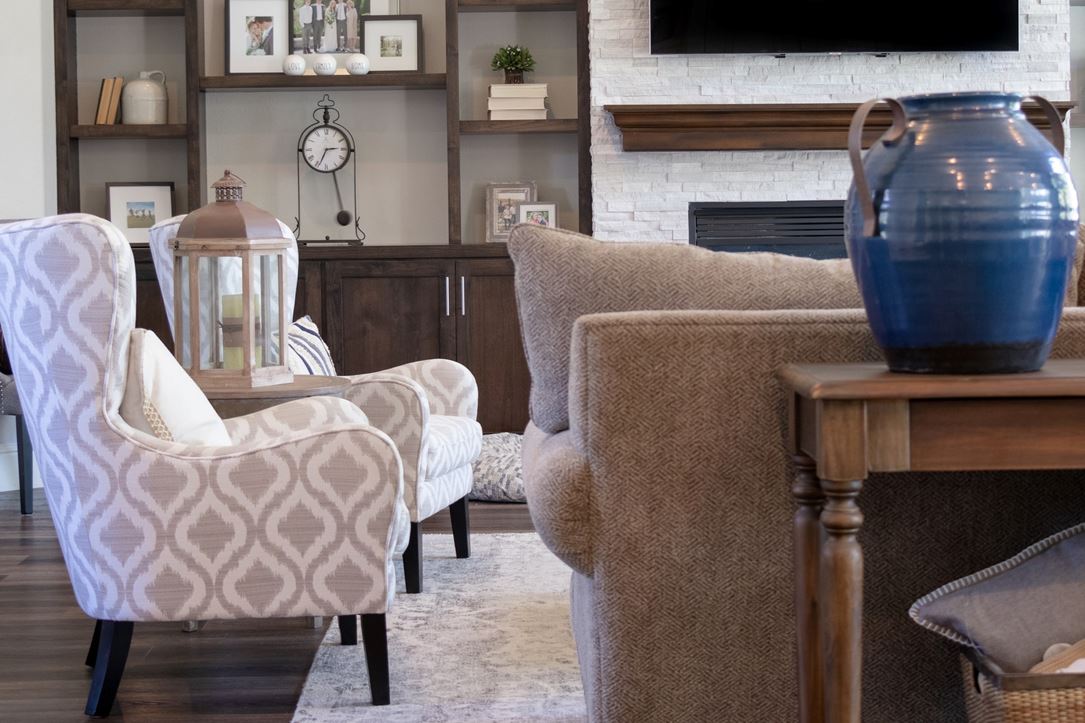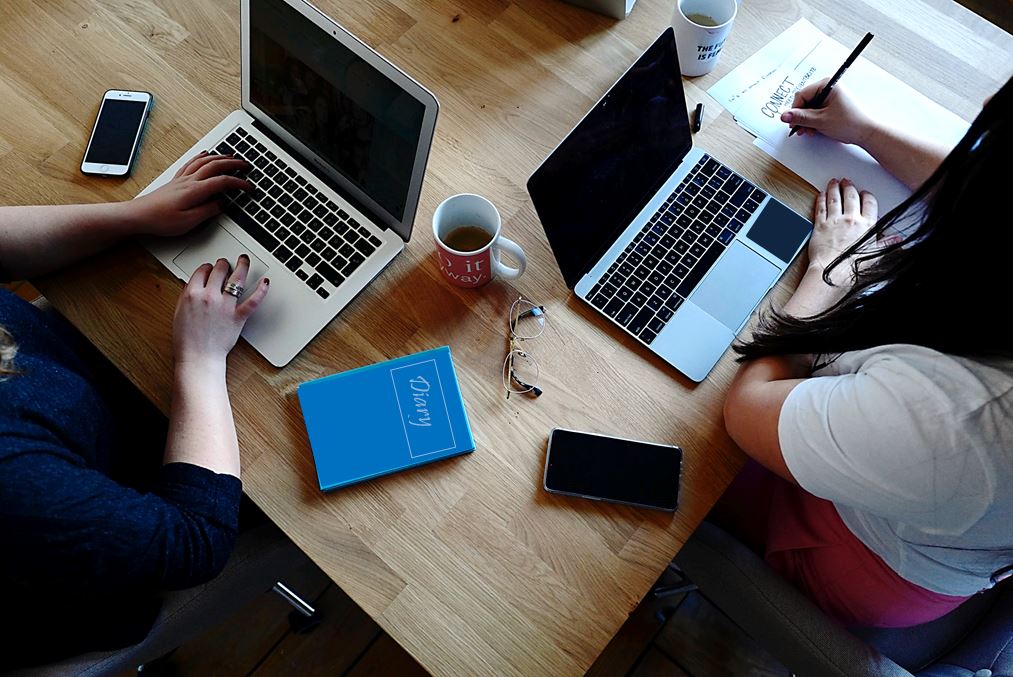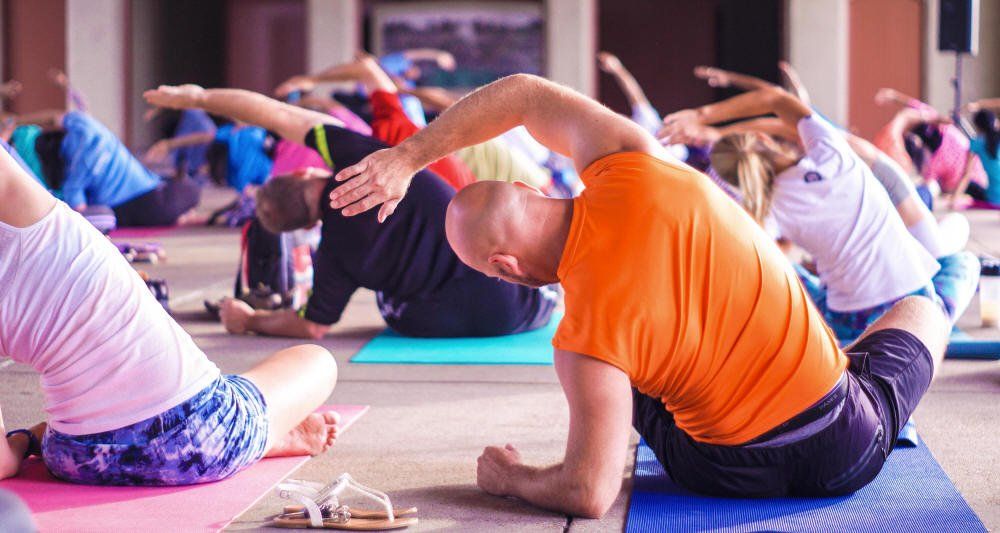What's changed in the new Guidelines on Physical Activity?
Jenny Gebka • February 24, 2020
Goals: if you can't achieve something, do you just give up?
If goals demotivate you, you’re not alone! Official guidelines which set out in 2011 to show us how to look after ourselves in terms of physical activity have been criticised for being too goal orientated and were updated in September 2019.
The previous guidelines prescribed 150 minutes of moderate exercise (or 75 minutes of vigorous exercise) plus two sessions of strengthening per week, and the overriding rule that we shouldn’t be sedentary (sitting or lying down inactive) for long periods of time.
You would have thought that with all health organisations offering pedometers and a plethora of apps to encourage the measurement of steps, distance and time engaged in activities, it would have been easy to achieve these levels. But it’s still been tough for a lot of people and they have simply given up!
I have deliberately taken time over this post. When you see how important being active is I hope you’ll forgive the length.
A worryingly 1 in 4 women and 1 in 5 men in England are classed as physically inactive (doing less than 30 minutes moderate exercise each week). And only 31% men and 24% women undertake muscle-strengthening activities for the recommended twice a week. In addition, 29% of people over 16 average 6+ hours sitting down during the working week, which increases to a staggering 35-40% at weekends. So the more spare time we have the less physical activity we do!
Why weren't the previous guidelines followed?
Research carried out since 2011 cited a number of reasons the guidelines have not been followed. Chief Medical Officer, Professor Christopher Whitty believes too much emphasis was put on cardiovascular activity (getting out of breath). In our busy lives the length of time previously required to do an activity was too challenging; the level of intensity and how to achieve it too confusing; the strengthening element often ignored; and with all the other distractions in our lives we have simply forgotten how important it is to get up and move!
In addition, those with physically or mentally limiting illnesses and those with short or long term physical difficulties (such as recovery from surgery or complications while pregnant) found the targets were inappropriate for their abilities.
So it’s no wonder these goals haven’t been met!
Why do we need physical activity?
Our bodies are designed to move: not only our physically, but movement also affects other systems such as our digestive and nervous systems. Unfortunately, our modern-day lives have become less manual; we have machines to wash, clean, harvest and transport.
Now don’t get me wrong, they are brilliant inventions and give us more time for other, more enjoyable activities. But unfortunately they have made us lazy and instead of replacing these manual labours with active pass-times we have taken up computer games, watching television and driving everywhere. Massive generalisation, as I know a lot of people who do fit in activity, but it is just that: fitted in between desk work, travelling by train or car and slumping in the chair exhausted when we eventually return home.
Numerous research projects have been published to show how physical activity of different types can promote better health and in a lot of cases overcome health problems. See the chart for a selection.
Good enough reason? Add to that the need to take control of your own health as the NHS is being stretched beyond recognition - it’s a compelling argument!
How do we comply with these physical activity guidelines?
Firstly, I want to dispel a myth here: physical activity doesn’t necessarily mean sport! So if you’re not into sport don’t think this doesn’t apply to you! There are a lot of other activities that count. One of the easiest ways to being successful is to fit more activity into our lives so it becomes a habit, rather than having to specifically go out to do it, which becomes a chore!
Reducing the time, increasing the frequency
- If you’re about to give up because you can’t fit 150 minutes of activity into a week think again! The guidance now says that you can reduce the amount of time you carry out a particular activity as long as you increase how often you do it or how much effort you put in. It also gives more examples as to what you can do at different levels and acknowledges that for some any activity can be difficult. The mantra is: ‘Some is good, more is better’.
Daily is best! As little as a few minutes doing an activity that gets you out of breath or makes you feel warmer is a good start.
Progressing the intensity of activity
- Activities used to be classified by intensity eg brisk walking was ‘moderate’, whereas running was ‘vigorous’. But surely what one person calls moderate activity might be classed as very vigorous to others! The guidelines have taken this into account by grading intensity into what makes you out of breath and/or when your muscles tire. They now classify: moderate activity to be when you breathe faster, feel warmer and can still talk (but not sing); vigorous activity to be when you breathe hard and fast and can only say a few words without taking another breath; and very vigorous to be when you can only perform short burst of the activity at maximum effort before having to take a rest.
Analyse your own activity levels in context to your starting ability. As you improve you’ll find you can increase the level of activity. A periodic review will allow you to see how far you’ve come – so it motivates you to do more! Careful how much you push: there’s no point injuring yourself as that will do nothing for your ability to keep moving or your motivation.
Fit the activity into your life: walk to the local shops, pump your arms or keep the pace while holding a conversation; don’t make excuses for not going upstairs (again!); kick a football with your children or grandchildren, rather than watching them play – they’ll love it; dance to your favourite songs while doing the washing up – it’ll make the task less arduous.
For those who are more able but deficient in time, it has been recognised that short burst of vigorous (or very vigorous) activity can compensate for reduced length of activity. Gradually progress how much effort you put in. From jogging add in some sprinting; if swimming fast, try beating the clock with a few timed lengths; try upping your level of aerobics to high impact; if cycling to work see if you can do stages of it quicker or take a hillier route, for overall improvement.
Strength and balance is increasingly important
CMO Christopher Whitty says this is the most significant change to the 2019 update.
The subject of physical health often comes to the surface when we realise we are finding it difficult to do something we used to take for granted. However, we actually need to strengthen our bodies at every stage of life: for healthy development when young, through maintenance in our mid age, to preservation in older age. ‘It’s never too late’
to start!
The guidelines expand by saying it’s not just muscles that need strengthening. For muscles to tense and lengthen the sensory system needs to be active. This part of the nervous system gives us spatial awareness, helping us to coordinate our bodies and promote natural movement.
Repetitive and long-term use of the same muscles adds stamina. Muscles around the pelvis, intrinsic to the back and legs are instrumental in keeping us upright. These need a lot of stamina to prevent us falling over.
Falls are often associated with the later stages of life, when poor bone condition can cause breakages. Another myth I’d like to dispel is that bones are not solid or dead; they are very much alive and need to keep rejuvenating themselves. To be more effective in later life, therefore, bone density needs topping up throughout life. Carefully increasing the load on bones (using weights or resistance bands) ensures bones create and maintain internal geometry and connections keeping them strong.
If goals were demotivating you before, what's stopping you now?
In summary, the overall message of the guidelines is to get more active. It doesn’t matter how much you do currently, your health and longevity of life is likely to improve if you increase physical activity. Being more active promotes better physical and mental well-being and can prevent diseases. Health benefits are even greater if you get up and move around rather than sit down all day.
We therefore need to break down whatever is preventing us from being more active - whether that is getting more realistic with our goals or merely creating small but significant changes to our daily lives which will, in turn, make a massive difference to improving our own health and possibly for those around us.
So, what’s stopping you now?
Get in touch
if you need help becoming more active.
Reference:
UK Chief medical Officers' Physical Activity Guidelines (in full): http://bit.ly/2019HealthUpdates
Graphics courtesy of Public Health England.
